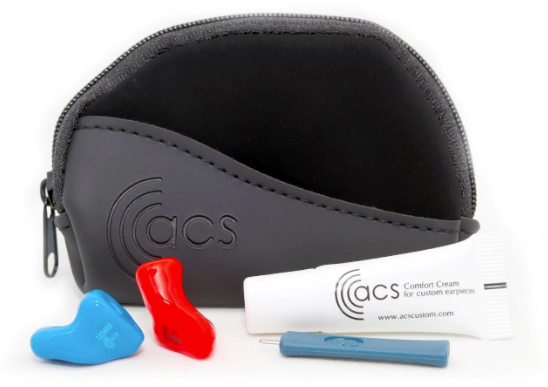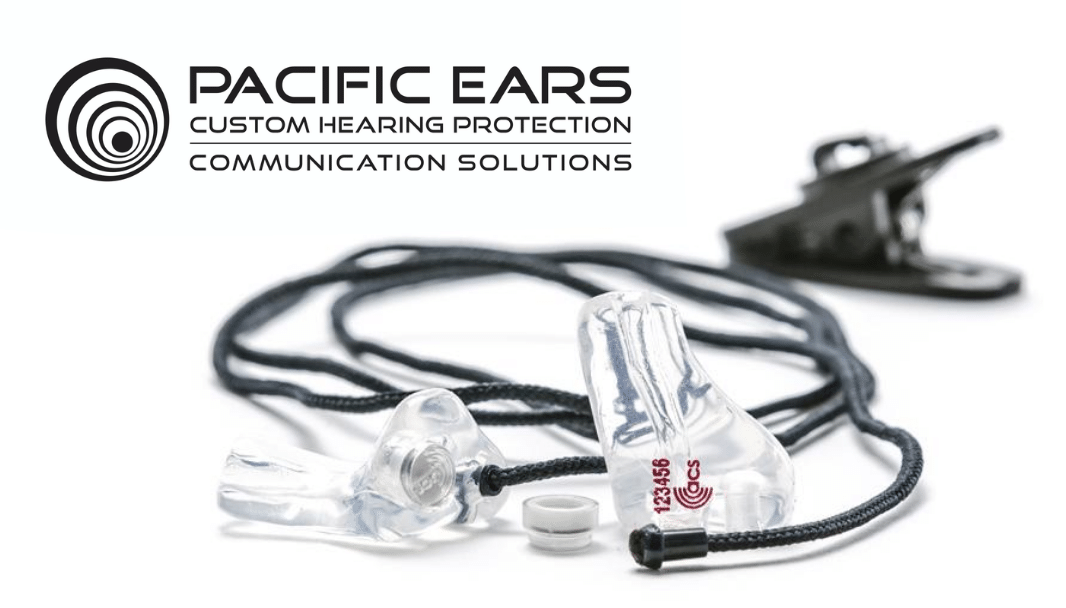Pacific Ears Australia | Innovation in Hearing Protection
Most employers know that under law they are responsible to providing a range of protection, including hearing protection to their staff as part of their PPE.
Hearing Protection: Duty of Care
Hearing protection is seldom at the forefront of discussions around PPE though. Whereas other injuries are directly visible and noticeable, the damage done to hearing goes mostly unnoticed for years. Yet millions of Australians suffer from Noise Induced Hearing Loss (NIHL) that causes society and companies many billions of dollars in damages.
NIHL is the only type of hearing loss that is completely preventable if and when you take the right measures and use the right hearing protection.
Under the Duty of Care the employer is not only responsible to take all measures available to reduce noise, but also responsible for providing proper hearing protectors and see to the (proper) use of these. Providing just any hearing protector is not (good) enough.

One Size Fits All? No, not with hearing protection
Discomfort (sweaty, too tight, too loose, due to safety glasses, helmet etc.) and over-attenuation (too much sound reduction) are two main factors that result in non-compliance, not wearing hearing protection. Choosing the correct level of sound reduction is therefore vital.
Too much sound damping takes the user away from their environment, making them detached and will lead to taking the hearing protection out or off, often to hear others or the radio for instance. On the other hand, over-attenuation can also endanger the user, as warning sounds are blocked more than they should as well. Attenuation levels that lower noise back to 85 dB or around 85dB are therefore preferable.
Even with the best hearing protection, if it is not worn 100% of the time, effectiveness is reduced dramatically. Taking hearing protection off for only 10 minutes in a full day in the noisy environment reduces the overall protection by 40%.
Sufficient protection can only be reached with a full day’s compliance. Comfort and the correct attenuation are therefore needed.

Safe Exposure Time Tool
Hearing protection is required in any workplace environment where the average noise exposure over an 8 hour period is over 85dB. Anything over (time or sound level) will lead to hearing damage sooner or later. It is important to realise that a 3dB increase in sound level, doubles the sound intensity and therefore halves the safe exposure time. For example: at 88dB the Safe Exposure Time is only 4 hours. At 91 dB, 2 hours etc. and so on. Hearing protection counters this.
Use the Safe Exposure Time Tool to find out how long is too long in specific (loud) environments and how different protectors and attenuation can help.
Cost Saving Calculator Tool
The future of hearing protection is in custom made earplugs. Comfortable, discreet, durable and customized to ears, the person and the specific environment.
Soft silicone Ear plugs have a life span of 4 to 5 year. As long as they are taken care of, cleaning every now and then with water and/or soft soap, there are no additional cost during their lifespan. They work out to be cheaper than earmuffs or even foam plugs.
Use the Cost Saving Calculator Tool to work out how much you will save, financially and environmentally.

Pacific Ears Australia
Pacific Ears Australia (and its subsidiary ACS Custom Australia) are companies dedicated to hearing conservation and manufacturing custom-fit earplugs for Industry, Music, Aviation, Gunsport, Military, Motorsport conform Australian/New Zealand and/or European standards. Industry leaders since 1994, they are the sole manufacturers of professional earplugs (custom) in Australasia with certification in Class 3 and Class 5.
These professional earplugs are made from soft, medical grade silicone , are vented and have a specifically chosen filter blocking just the right amount of noise for a specific situation, person and position. These filters provide a large open air passage into the ear so minimising occlusion (blocked up sensation) and keeping the ear ventilated for the ultimate in user comfort.
The ear plugs are comfortable, discreet and are available in a range of colours and levels of attenuation (damping) to suit a wide range of ambient (surrounding) sound levels.

